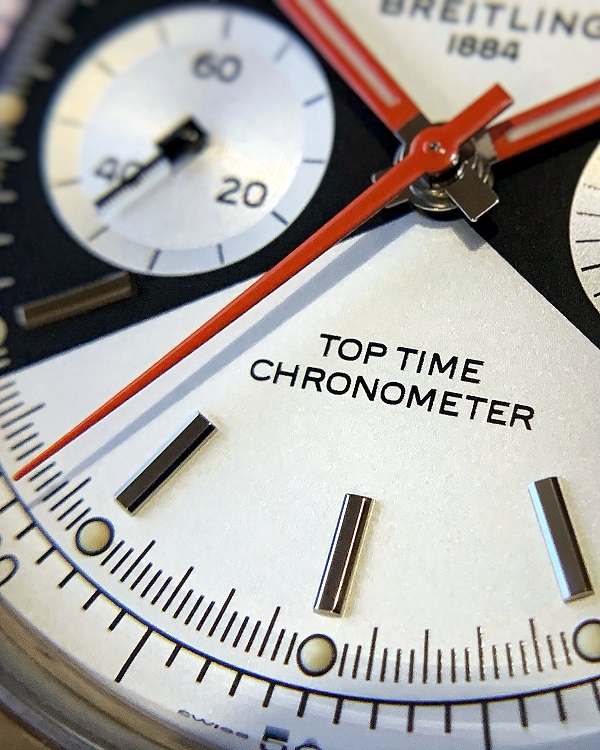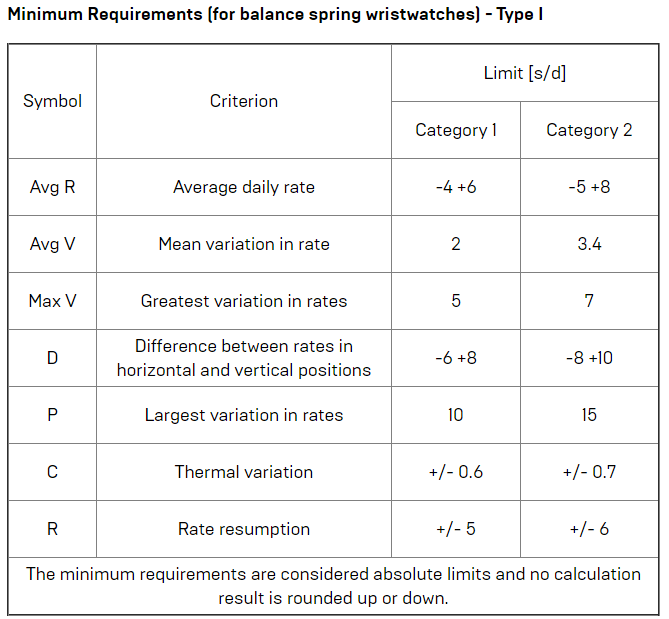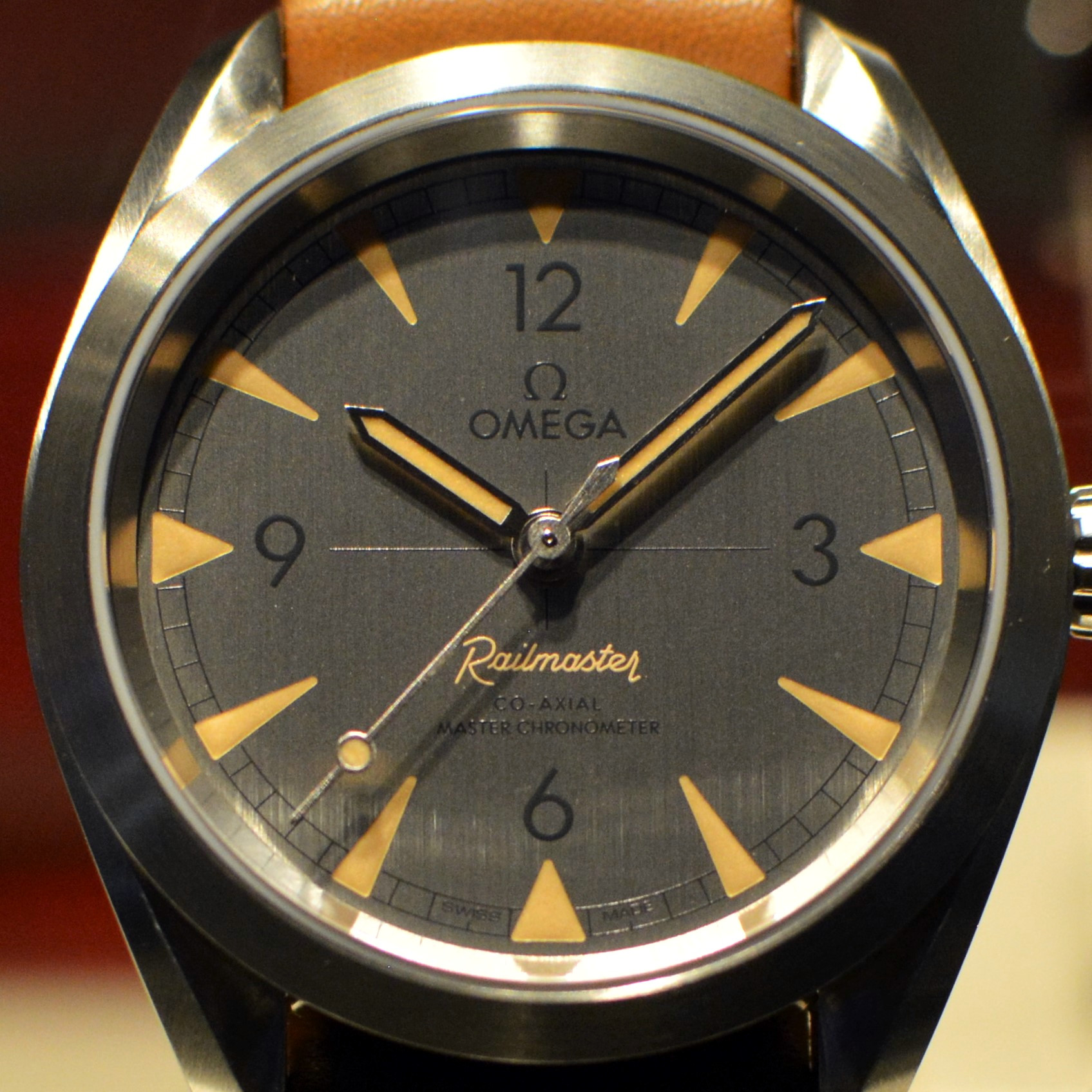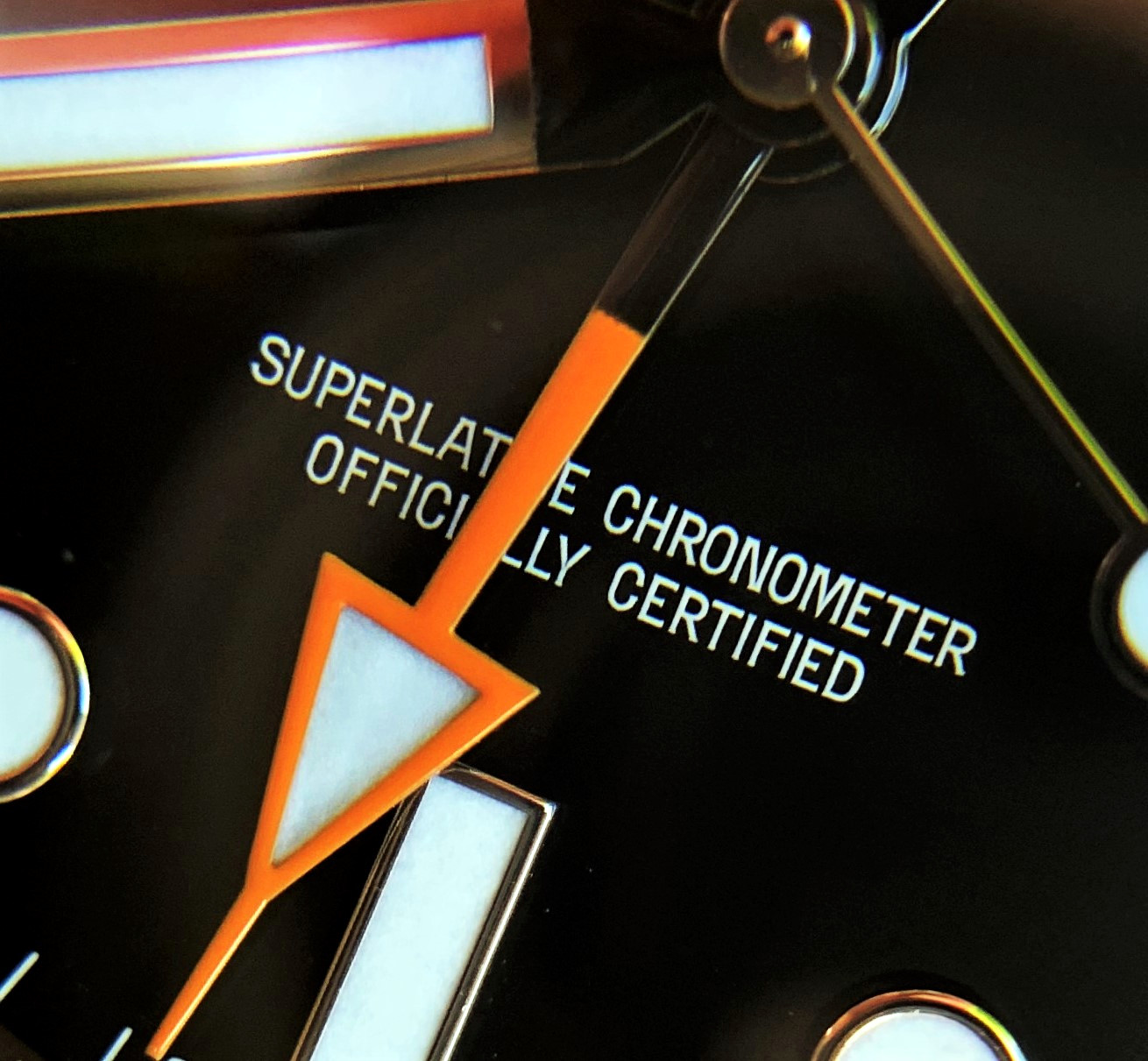This is the first of a two-part series looking at different standards in watchmaking. Examples of these standards include COSC certification and other chronometer denominations, through to the Geneva Seal and other hallmarks for quality finishing. This first part will focus on watch accuracy standards, what the various chronometer standards themselves entail, and what they tell us about the timepieces bearing their certification and check out some of the testing that brands undertake independently to assure the quality of their watches.
To start with, let’s take a look at the various incarnations of ‘chronometer’ watches…

Breitling Top Time - certified to chronometer accuracy
What is a Chronometer?
A chronometer is any timepiece with a movement which has undergone and passed accuracy testing by the Contrôle Officiel Suisse des Chronomètres, or COSC, to within -4 or +6 seconds per day variance for mechanical wristwatches. COSC chronometer certification can also apply to pocket watches, fixed clocks (such as desk or carriage clocks) and quartz wristwatches.
Testing for COSC certification takes place over a 15-day period, with the movements subjected to variances in temperature, where the movement endures temperatures between 8°C and 38°C for 24 hours at a time, and also variances in position, where the movement is rotated about different positions including dial facing upwards, downwards, and then various positions on its side using the 3, 6 and 9 o’clock positions.
The movement is subjected to regular rate checks over the course of the 15 days to ensure that the movement performs at the required standards throughout, with specific criteria that the movement is required to perform within the bounds of in order to attain COSC certification as a chronometer.

COSC Chronometer requirements for wristwatches – source: www.COSC.swiss
Chronometer certification through COSC is perhaps one of the most commonly found watch accuracy standards, and you can read more about COSC certification here.
What is a Master Chronometer?
The Master Chronometer is a standard further building upon the COSC certification with testing around anti-magnetic capabilities. Omega forged a partnership in 2015 with METAS, the Federal Institute of Metrology in Switzerland, and sought to introduce a further 8 further tests in addition to those performed by COSC. Any company can send their watches for testing at METAS, although only Omega had fully incorporated the testing into their own Master Chronometer standard, until the recent Tudor Black Bay Ceramic.
In addition to the aforementioned COSC certification testing, the independent and fully transparent METAS testing includes: testing that both a movement on its own and then again once assembled into a complete watch is not affected by everyday magnetic fields (such as those generated by mobile phones or laptops); two separate 24-hour periods of everyday life exposure to magnetism and performance across 6 different positions; acoustic testing of the watch rate performance where the position is changed every minute, and then both when the watch is fully wound and wound to only 33% to ensure performance across different levels of winding; and then finally checking that the watch both complies with the power reserve and water resistance ratings it claims.

"Master Chronometer" across the dial of an Omega Railmaster
Accuracy of a Master Chronometer is independently certified at between 0 and +5 seconds per day variance, which ensures the watch will never lose time and the certified accuracy is superior to that of the general COSC certified chronometers which are between -4 and +6 seconds per day.
If you own an Omega, you can either create an account or download their app and check the scores achieved by your own watch!
What is a Superlative Chronometer?
Rolex’s Superlative Chronometer is a standard which, like the Master Chronometer, is applied after the movement itself has been COSC certified. It has existed since 1957 and was subsequently tightened even more in 2015. Whilst the actual testing is conducted in-house, and there is no real detail around precisely what the tests are, Rolex states on their website that they test the performance of a movement on its own as well as once it is assembled into a watch, waterproofness (as opposed to water resistance) and the power reserve.

"Superlative Chronometer" across the dial of a Rolex Explorer II
The result is a level of accuracy surpassing both the tolerances of COSC certification and Master Chronometers, with Rolex guaranteeing accuracy of between -2 and +2 seconds per day for a period of 5 years, symbolised by the green “Superlative Certified” tag which accompanies every Rolex piece.
Jaeger-LeCoultre 1000 hours testing
Another brand with their own standard of rigorous testing is Jaeger-LeCoultre, which in 1992 introduced their own “1000 hours” testing standard. This is exactly as it sounds, in that every single timepiece made goes through 1000 hours, or around 42 days, of scrutiny and testing to ensure it meets the high standards set, with the 1000 hours hallmark certifying that the watch has passed each test it has been subjected to.
Testing includes subjecting the watch to the standard performance testing across the 6 main positions, and so-called ‘Cyclotesting’ where the watch is subjected to a range of different movements and motions that would be experienced through everyday wear for a period of two weeks. There is also testing of the power reserve to make sure the watch will run for as long as is advertised, performance during temperature fluctuations up to 40°C, and of course pressure testing to verify the watch can withstand the declared water resistance.

"1000 hours control" hallmark on a Jaeger-LeCoultre Master Control
Montblanc Laboratory Test 500
In a similar vein to Jaeger-LeCoultre, Montblanc is another manufacture with an internal testing regime applied not only to the movement, but to a whole timepiece once assembly is complete. As the name suggests, this is a three-week programme designed to ensure that each piece meets the high standards of the brand.
In amongst the 500 hours are tests around the performance of the watch during everyday movements, testing the accuracy performance of the watch in different positions and the functionality of every complication even including the continual activation of a chronograph. This test alone takes up 336 of the 500 hours.
As you might expect, the further testing explores the performance across different temperatures and finally, water resistance checks which include placing the watch on a hotplate and adding some cold water to the sapphire crystal to ensure the watch does not fog up.
In Summary
As you can see there are different watch accuracy standards used by luxury watch manufacturers to assure the accuracy of their timepieces, including both external verification with COSC and METAS chronometers, as well as holding themselves to high standards internally. I hope you have found this useful in explaining the differences between them and they entail.
Be sure to check back soon for part two, explaining the different standards for assuring the quality of finishing!
If you have any questions, please get in touch via our Contact page, or via our Instagram.
You might also be interested in:
- Watch Finishing Techniques
- Exploring different watch enamelling techniques
- Watch Quality Standards
- Watch Stationery and Gift Ideas
- Watch Books, Watch Boxes and more at the Watch Affinity Shop on Amazon (commissions earned)
As an Amazon Associate, I earn from qualifying purchases – thank you for your support

